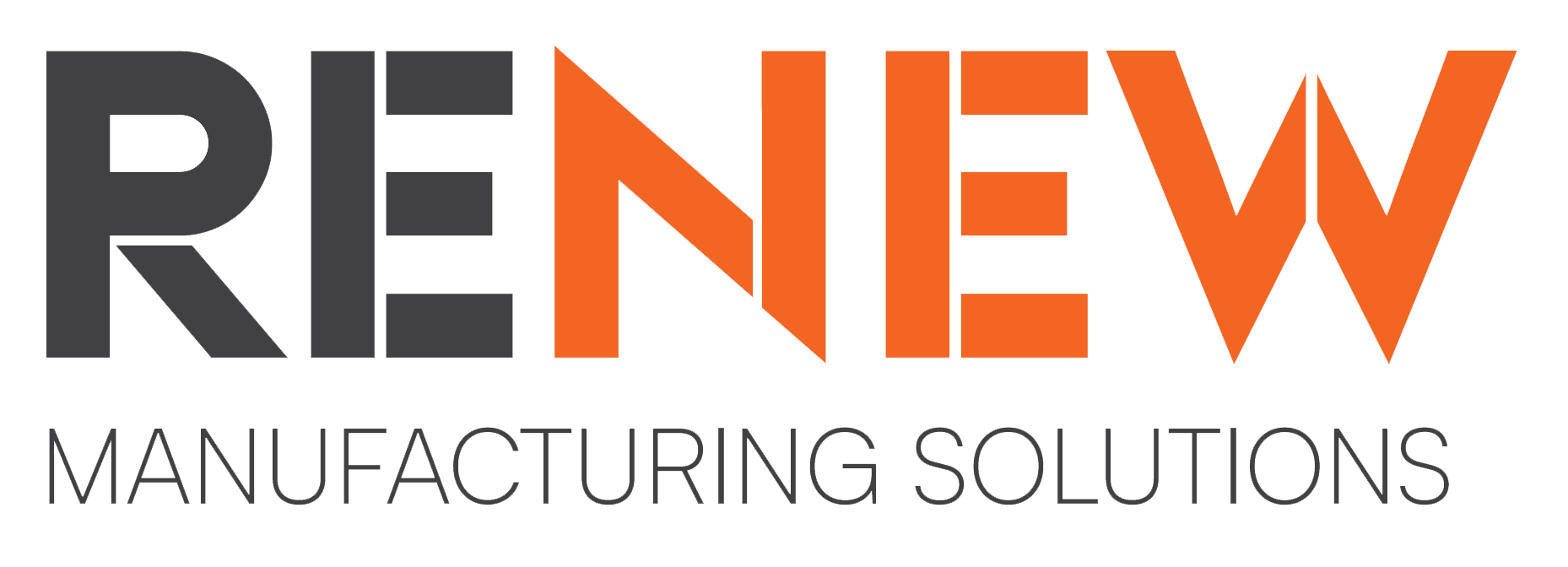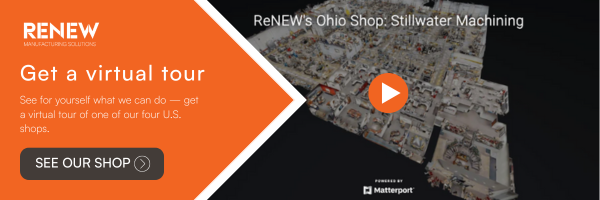5 Manufacturing Trends Affecting Local Contract Manufacturers
Wondering what's next as an SMB manufacturer? Future-proof your business with these business trends that will affect all manufacturing companies.
%20(400%20x%20200%20px)%20(350%20x%20200%20px)%20(2).png)
Buzzwords like AI, IoT, robotics, upskilling, and technological improvements fly around the manufacturing industry at speeds to admire. With so many things to keep track of, what are the most important factors to consider first?
Join us as we explore 5 of the most crucial manufacturing industry trends and how they will affect contract-based SMB manufacturers like you.
1. Digital Transformation
It is estimated that AI and IoT are being used across the manufacturing industry, with an adoption rate as high as 30% and growing rapidly. IoT advancements create a network of interconnected devices and objects to share information with each other faster and more efficiently.
Embedding sensors and software into your process gives you added benefits, such as predictive maintenance, asset tracking, quality control, energy management, and gaining a substantial competitive edge. Breakdowns are costly, but the downtime to bring it back up to speed can delay delivery and place projects at risk.
The need for AI is also growing. Automating processes is one of the most well-known benefits of AI, but specific to the manufacturing business is the creation of digital twins. Digital twins simulate and analyze different scenarios to help the manufacturing and design team test and optimize better.
2. Supply Chain Resilience
Improving the resilience of your supply chain is a significant factor in addressing your business's future concerns. Shortages, delays, lack of established partnerships, and transparency are some of the most foundational problems that must be tackled within the manufacturing industry.
Although there is no one-size-fits-all approach, maintaining your partnerships and supply chain is the key to cementing lasting business relationships. Establish mutually agreed-upon methods of communication on a regular cadence with your suppliers and vendors to ensure that both your businesses and strategies are aligned to strengthen the relationship. Seek diversity and implement digital solutions to stay on top of the status of your supply chain.
3. Sustainability and the Manufacturing Footprint
Larger and more industrial complexes and brands are held to a higher standard by the court of public opinion for their ecological footprint. Small business trends have shown that this is not true for large and SMB manufacturers. In a globally conducted survey, 60-61% of U.S. and global respondents say that they value sustainability as a determining factor when purchasing.
Embrace a circular economy model that prioritizes reducing waste through recycling or reusing materials. Products that are at the end of their lifecycle can be repurposed or broken down for further use. Business trends also trend towards reducing your manufacturing footprint, which includes more renewable energy integration, eco-friendly practices, and water conservation measures.
4. Technology and Upskilling Investment
Workers will always go where they feel treated better, invested in, and paid a fair wage. 65% of manufacturing workers are open to other job opportunities, which means they are actively searching for new job prospects and meeting with potential employers and recruiters. Unsurprisingly, this means that half of the manufacturing workers are experiencing high organization turnover, which only exacerbates the labor shortage.
It's not just about attracting top talent but making them stay. Investing in skilled talent through a diverse labor pool increases the chance of selecting qualified people for the job that aims to improve their brand and yours. Investing in training and retention programs and relaying these concerns to your management team will significantly reduce the turnover your organization will experience.
As trends shift towards robotics and AI, upskilling your current workforce to work alongside these technologies is necessary. The demand for labor will increase, and making your employees and contractors feel safe collaborating with AI instead of fearing job loss will yield more significant results in negating turnover rates.
5. Collaborative Robotics
Moving forward in the future, robotics have made a massive leap forward in working alongside your skilled human workforce to aim at achieving harmony over the resentment and fear of AI "taking jobs." Collaborative robots (endearingly named cobots) help to form a lasting partnership for you and your team. They are accommodating for SMB manufacturers as their cost-effectiveness enables you to break down repetitive jobs into smaller steps, where humans can work on more complex issues.
Although cobots can be used for assembly and challenging tasks, soft robotics also allows robots to conduct precise actions that mimic a human touch due to their flexible and pliable materials.
Cobots provide a competitive edge to your business, as they can bid for projects that may have been too large for your capabilities. Introducing robotics alongside your team and a professional manufacturing partner will allow SMB manufacturers to contend with more prominent players and win more deals.
Get More Timely Insights Into North American Manufacturing
These trends are just the beginning of what’s shaking up manufacturing for machine shops and job shops. Follow the ReNEW Manufacturing Solutions blog for more updates on the North American manufacturing industry or connect with us for cutting-edge solutions at a fair price.



